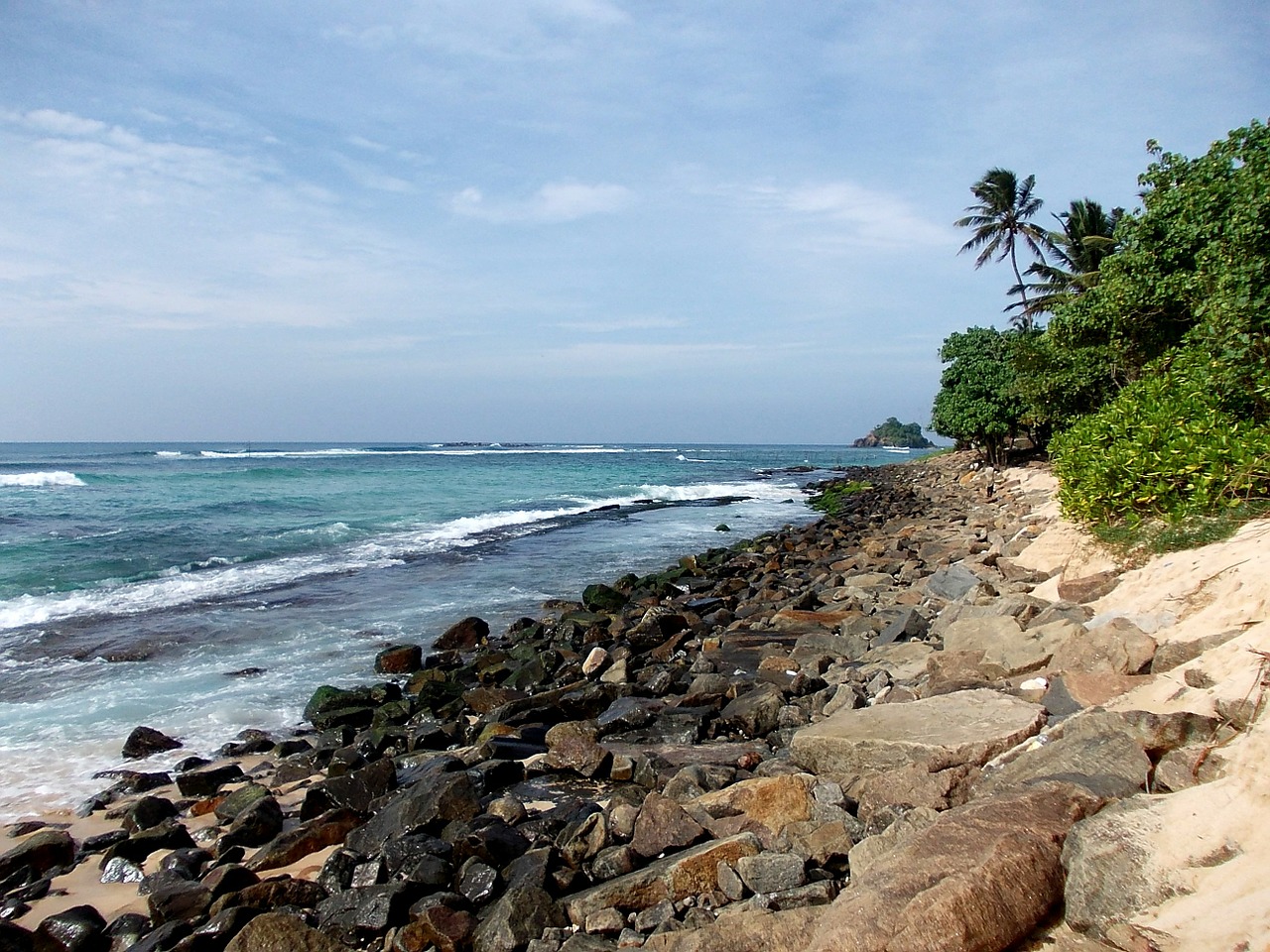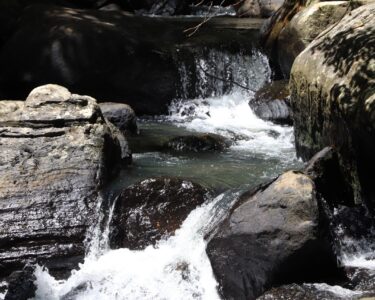The Environment Ministry’s National Environment Action Plan (NEAP) points out that human activities are causing coastal water pollution.
Sewage and solid waste; industrial effluents; pollution by tourists; the sectors of power, fisheries, and aquaculture; oil spills; heavy metals, and plastics have been identified as the prime causes.
The coastal zone is approximately 23% of the total land area of the country accommodating over 33% of the population.
Fisheries and tourism are the most dependent on the natural resources of the coast. Together, these two sectors generate 10% of Sri Lanka’s foreign exchange earnings and account for 6.7% of employment.
Strategies:
The NEAP has listed nine strategies are to be adopted to protect and conserve marine resources:
Conserve, manage and sustainably use coastal and marine ecosystems
Conserve marine mammals and other threatened species
Conserve, sustainably develop and manage coastal and marine resources
Administer and manage affected areas along the coast
Control coastal and marine pollution
The coast is under threat
Control sand mining and manage the extraction of other mineral resources to enhance beach stability, habitat, and biodiversity conservation
Adapt to climate change and natural hazard impacts on coastal features, infrastructure, coastal communities, and livelihoods
Carry out research and development to support the conservation and sustainable use of coastal and marine resources
Strengthen policy, legal and institutional framework for coastal and marine resource conservation and sustainable use






